✓ Joining us on our Whatsapp Channel: 💬 Explore and Escape!.
Booking through us:
✓ 🏩 🛌 Handpicked Luxury Stays in Budget: Booking.com | Agoda.com
✓ 🍹⛱️ Deals on Private xfers, SIM Cards, City tours, Day trips : 📍🗺️ GetYourGuide | 🛵🧳 Klook
There are great many things to do in Japan, and so are in Tsuruga.
Welcome to Tsuruga, a city with hidden gems waiting to be discovered.
From witnessing the ebb and flow of the Sea of Japan to exploring its lively alleys filled with tasty delights, Tsuruga offers a unique blend of traditional charm and contemporary innovation.
Get ready to immerse yourself in a world of wonders as we take you on a journey to explore the exciting things to do in Tsuruga.
Without further ado listed below are some of the most fun things to do in Tsuruga:
1. Tsuruga Museum of History and Folklore
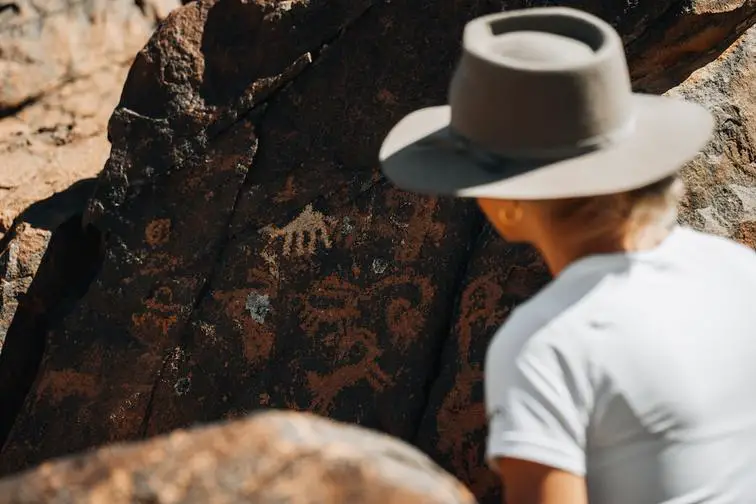
Tsuruga Museum of History and Folklore is a local history museum located in Tsuruga, Japan.
What to see or do: The museum exhibits artifacts and materials related to the local history and culture of Tsuruga. Visitors can see traditional tools, crafts, clothing, and other items that were used in daily life.
There are also displays about the port city’s history and role as a transportation hub for goods and people.
Don’t miss: Don’t miss the unique collection of “Netsuke” figurines, small sculptural objects, which were used as toggles to fasten clothing. The museum has an impressive collection of 7000 Netsuke pieces.
Insider travel tips: Visit the museum website before your trip to see the current exhibits and events. English audio guides are available for rent to enhance your museum experience.
The museum also has a gift shop where you can purchase local products and souvenirs.
2. Tsuruga Railway Museum
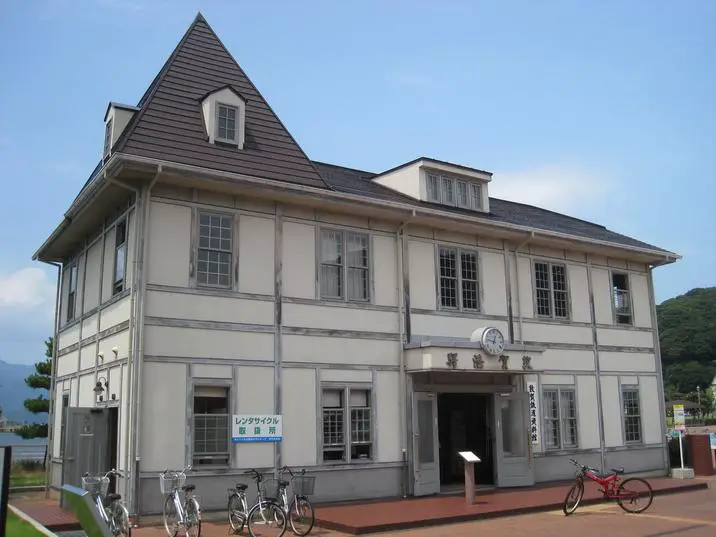
A museum dedicated to the history and culture of Japanese railways.
What to see or do: Explore a variety of indoor and outdoor exhibits showcasing trains, locomotives, and other railway objects from different eras. Visitors can also ride a vintage steam train and experience being a train conductor in a simulation game.
Don’t miss: The massive collection of model trains, including a detailed replica of the Hokuriku Shinkansen line.
Insider travel tips: Visit during the annual Tsuruga Railway Festival in October for a chance to see rare trains and take part in fun activities like train-themed dance performances.
Locals recommend trying the “Ekinaka Bento,” or boxed lunch sold at train stations, for a taste of local cuisine while on the go.
3. Tsuruga Red Brick Warehouse
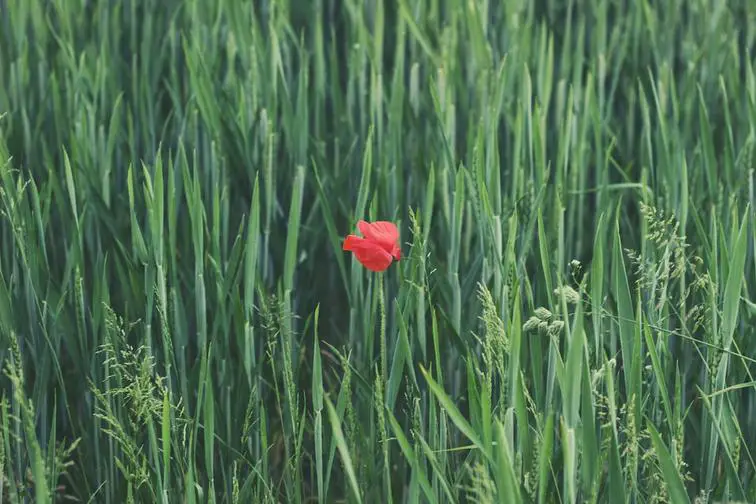
Historic warehouse complex turned shopping and dining destination in Tsuruga, Japan.
What to see or do: Browse through shops and restaurants housed inside the beautifully restored Meiji-era warehouses.
Enjoy a variety of local dishes, from fresh seafood to Wagyu beef, while taking in the picturesque views of the nearby port.
Don’t miss: The Tsuruga Bunka Kaikan Museum, located inside one of the warehouses, which showcases the history and culture of the city. Also, make sure to visit the rooftop observation deck for stunning panoramic views of the harbor.
Insider travel tips: Visit during one of the many seasonal events held at the Red Brick Warehouse, such as the Tsuruga Port Festival in August or the Christmas market in December.
Bring cash, as some shops and restaurants may not accept credit cards. Finally, explore the nearby Tsuruga Railway Museum for a glimpse into the city’s early industrial history.
4. Kehi Shrine
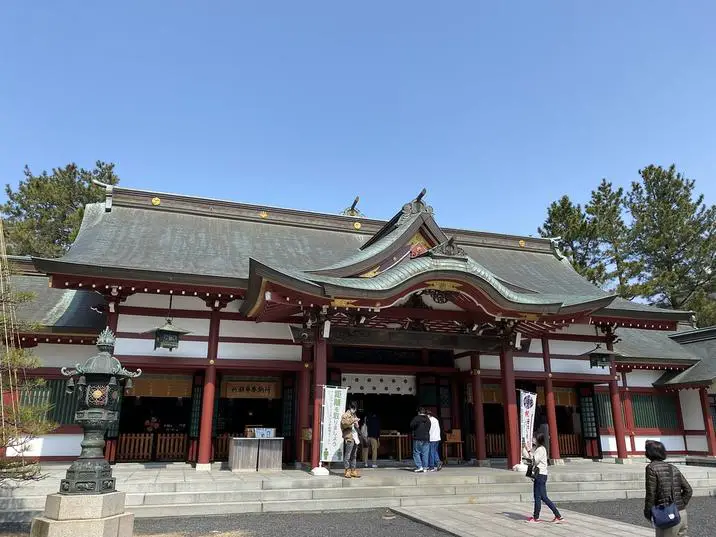
Kehi Shrine is a Shinto shrine in Tsuruga, Japan, that was established over 2,000 years ago.
What to see or do: Visitors can explore the expansive grounds and admire the impressive architecture and beautiful natural surroundings. The shrine also hosts several festivals throughout the year.
Don’t miss: The main hall of the shrine, called the Honden, is a designated National Treasure of Japan and is a must-see for visitors.
Insider travel tips: Be sure to check the shrine’s website for information on upcoming festivals and events. It’s also recommended to visit early in the morning to avoid crowds and have a more peaceful experience.
5. Takashima Castle Ruins
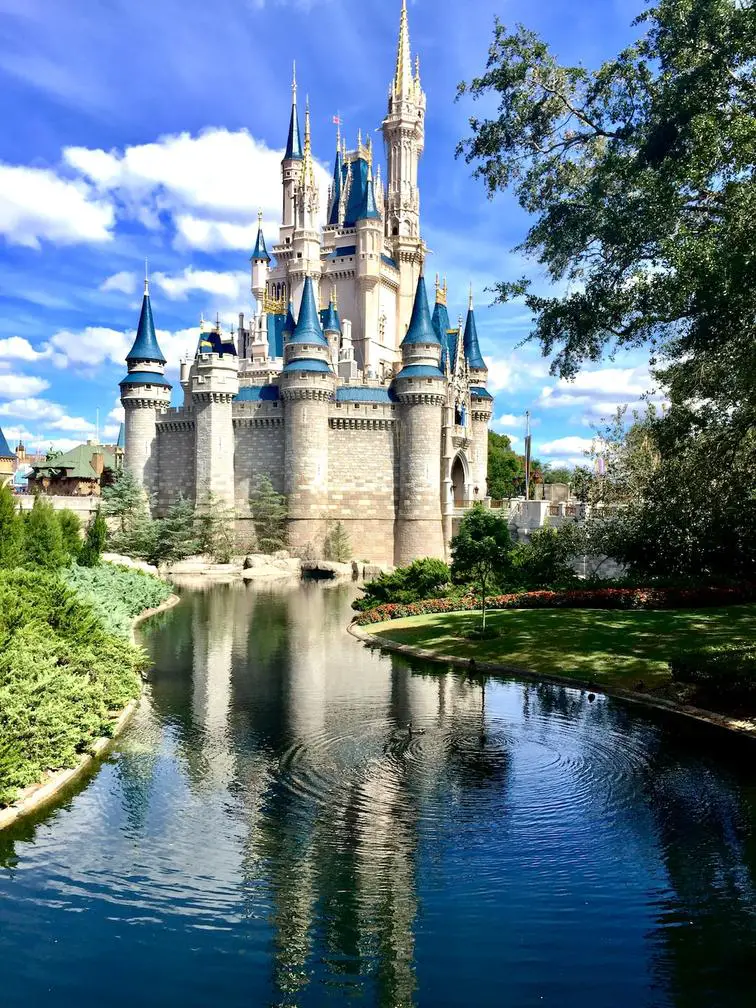
Takashima Castle Ruins is a historical site located in Tsuruga, Japan. It is a reconstructed castle that was built during the Edo period.
What to see or do: Visitors can explore the castle grounds and see the restored castle tower, which offers panoramic views of the surrounding landscape. There is also a museum that houses artifacts related to the castle’s history and the local area.
Don’t miss: Don’t miss the opportunity to visit the castle’s observation deck, which offers stunning views of Lake Biwa.
Insider travel tips: Take time to walk around the castle grounds and enjoy the natural beauty of the area.
It’s also worth checking the schedule for special events, such as traditional festivals or historical reenactments, which are often held in the castle’s courtyard.
6. Kehi Jingu Shrine
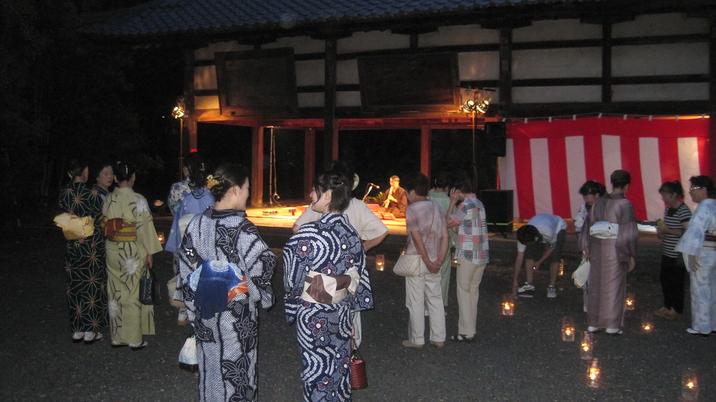
Kehi Jingu Shrine is a Shinto shrine located in Tsuruga, Fukui, Japan. It is one of the oldest shrines in Japan, with more than 2,000 years of history.
What to see or do: Kehi Jingu Shrine is known for its large, impressive grounds and beautiful architecture.
Visitors can explore the shrine’s many buildings, including its main hall, which was reconstructed in 2010 using traditional Japanese building methods.
The shrine is also home to a number of smaller structures, including a treasure hall and a museum.
Don’t miss: One of the shrine’s most notable attractions is its torii gate, which stands at the entrance to the grounds. The gate is one of the largest in Japan, standing at 24 meters tall and over 40 meters wide.
Visitors should also be sure to check out the shrine’s beautiful gardens, which feature a large pond and a number of cherry blossom trees.
Insider travel tips: – The best time to visit Kehi Jingu Shrine is in the spring, when the cherry blossoms are in bloom.
7. Port of Humanity Tsuruga Museum
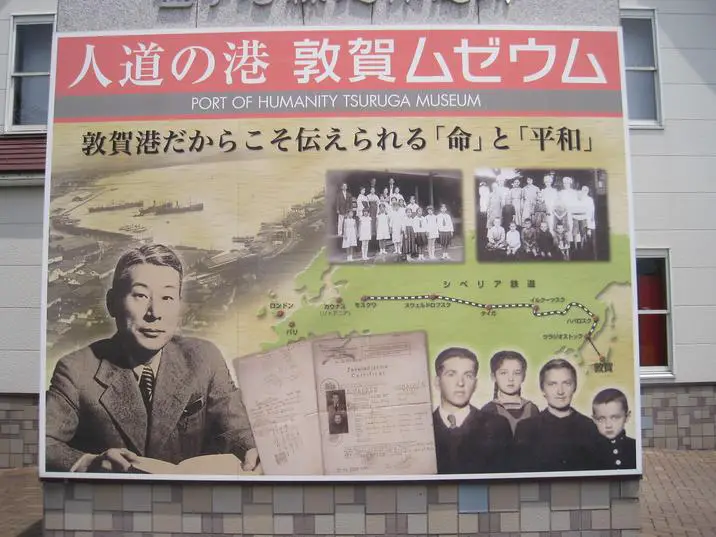
The Port of Humanity Tsuruga Museum is a historical museum located in Tsuruga, Japan.
What to see or do: The museum focuses on the role of Tsuruga City as a port of entry for Jewish refugees fleeing from Nazi persecution during World War II.
Visitors can learn about the history of immigration and emigration in Japan, as well as the stories of the Jewish refugees who found shelter in Tsuruga City.
Don’t miss: One of the highlights of the museum is a replica of the building that housed the Jewish refugees in Tsuruga City during the war.
Visitors can walk through the rooms and see the conditions that the refugees lived in during their stay in Japan.
Insider travel tips: – The museum is closed on Mondays.
8. Wakasa Mikata Jomon Museum
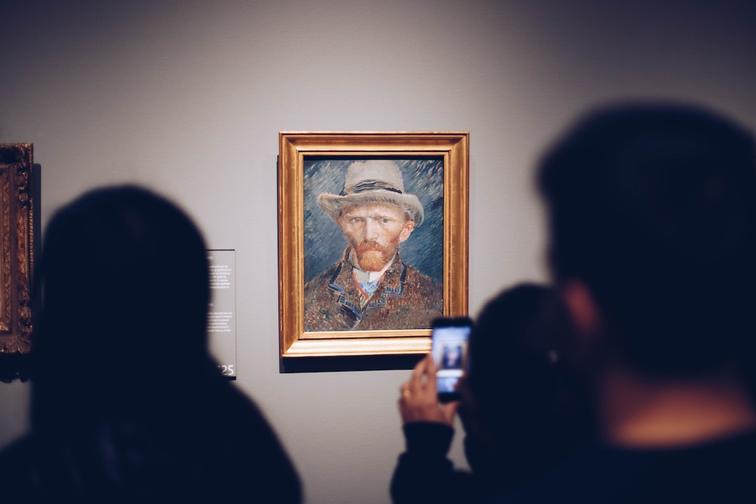
Wakasa Mikata Jomon Museum is a museum dedicated to the Jomon Period, located in Tsuruga, Japan.
It offers a detailed insight into the lifestyle, art, and culture of the Jomon people, who occupied Japan over 10,000 years ago.
What to see or do: – Explore the museum’s impressive collection of artifacts, including pottery, stone tools, and daily items used by the Jomon people.
Don’t miss: The museum’s outdoor archaeological site, which features recreated Jomon dwellings and a burial mound. It’s a great way to see and feel the Jomon era in a unique hands-on way.
Insider travel tips: – The museum offers workshops where visitors can make clay Jomon pottery to take home as souvenirs.
9. Sekigane Onsen
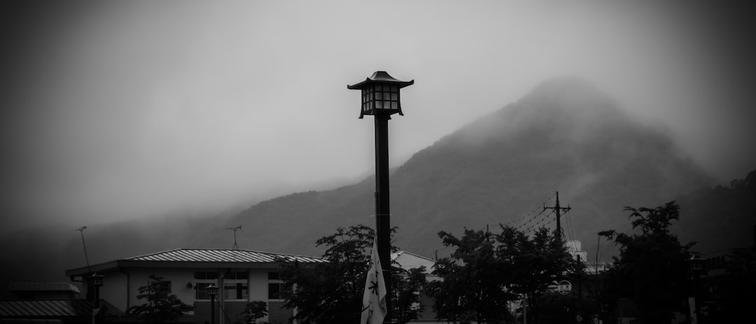
A traditional hot springs resort located in Tsuruga, a seaside city in the Fukui Prefecture of Japan.
What to see or do: Indulge in the healing properties of the natural hot springs water, which is said to relieve muscle pain and promote relaxation.
Take a leisurely walk around the serene surroundings and admire the beautiful natural scenery.
Don’t miss: The outdoor hot springs bath, which offers stunning panoramic views of the surrounding mountains and city skyline.
Insider travel tips: Be sure to try the locally-made sake and seafood specialties, which the area is known for. If visiting in winter, don’t miss the opportunity to witness the nearby Wakasa Bay freeze over, a stunning natural phenomenon.
10. Tappi Misaki Cape
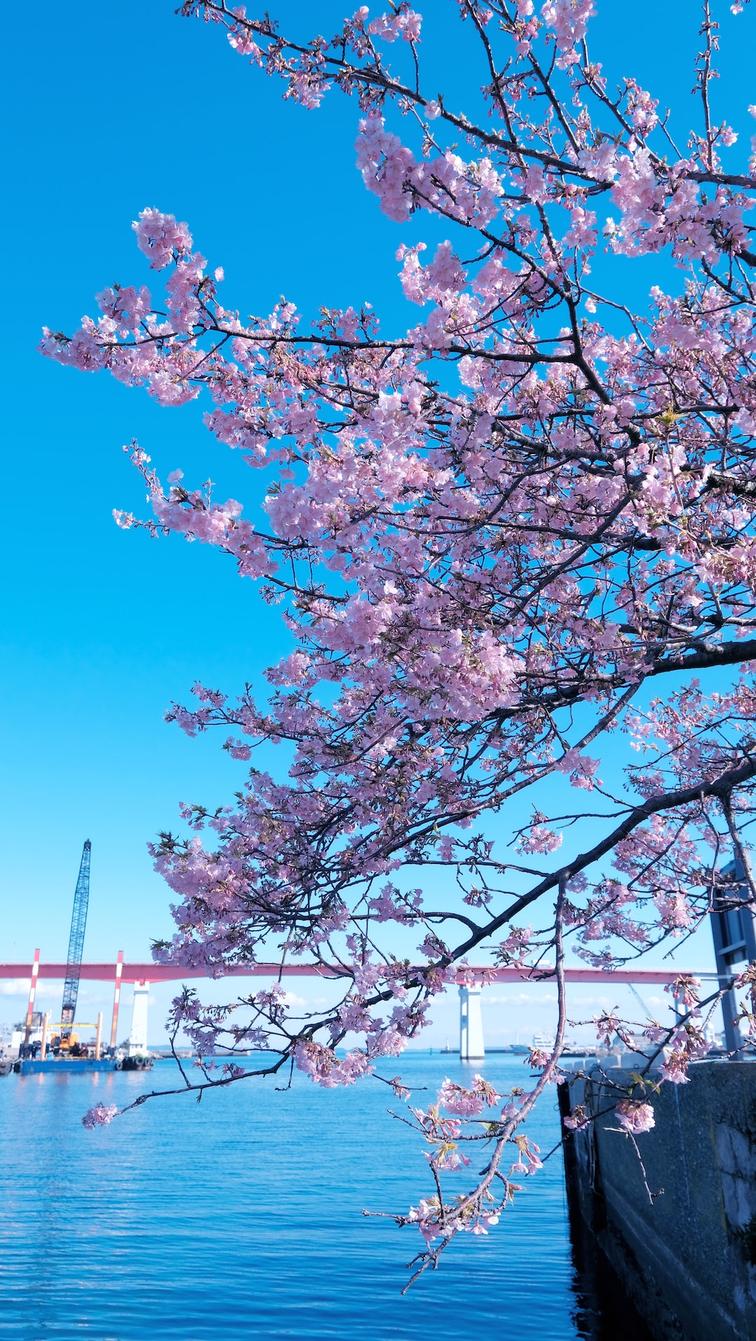
Tappi Misaki Cape is a scenic headland located in Tsuruga, Japan.
What to see or do: Take in the stunning views of the Sea of Japan from the cape’s observation deck. You can also visit the nearby lighthouse and explore the picturesque coastline.
Don’t miss: The beautiful sunsets that can be seen from the cape are not to be missed. Additionally, keep an eye out for the local wildlife, including eagles and pelicans.
Insider travel tips: Make sure to dress warmly as the cape can get chilly, even in the summer months. It’s also recommended to bring your own snacks and drinks as there aren’t many options for food on-site.
Finally, plan to arrive early in the day to avoid crowds and ensure a parking spot.
11. Sakanoue-no-Tamuramaro Statue

Sakanoue-no-Tamuramaro Statue is a bronze statue located in the Tsuruga City, Fukui Prefecture, Japan.
It was created to honor the Japanese general, Tamuramaro Sakanoue who was known for his efforts in expanding the Japanese territory and defeating the rebellious Emishi people.
What to see or do: The statue depicts the imposing figure of Tamuramaro holding a sword and riding on a horseback. Visitors can admire the intricate details of the statue and its surroundings.
The location of the statue offers scenic views of the Tsuruga Bay and the surrounding mountains.
Don’t miss: The Sakanoue-no-Tamuramaro Park located near the statue is a great place for a picnic or a relaxing stroll. The park includes a cherry blossom grove, a Japanese-style garden, and a fountain.
Insider travel tips: It’s recommended to visit the statue during the daytime to appreciate its details better. The statue is easily accessible from Tsuruga Station by taking a bus or taxi.
Visitors can also enjoy fresh seafood and local sake at Tsuruga Port located nearby.
12. Kanegasaki Shrine
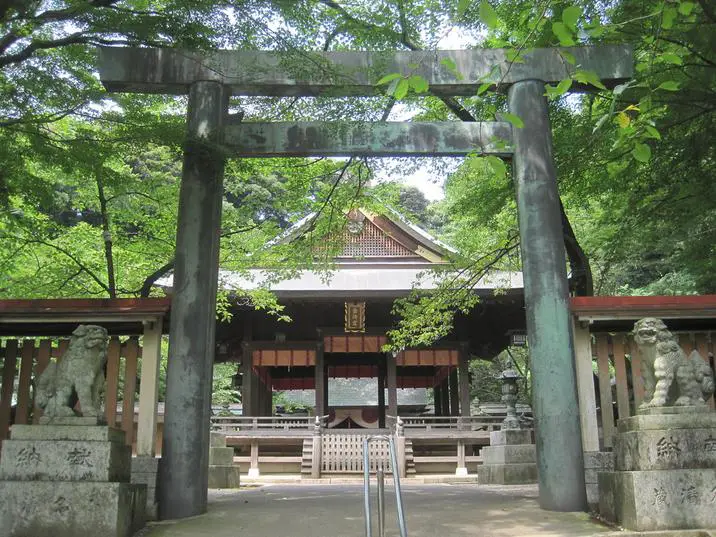
Kanegasaki Shrine is a beautiful and historic Shinto shrine located in the scenic coastal town of Tsuruga, Japan.
What to see or do: Visitors can explore the shrine’s grounds, which include several impressive buildings, sculptures, and monuments. One of the highlights is the main hall, which features intricate carvings and a stunning gold-plated roof.
The shrine’s gorgeous gardens are also worth exploring, particularly during the cherry blossom season in spring.
Don’t miss: Be sure to check out the shrine’s famous “power spot,” a designated area believed to have spiritual energy that can bring good fortune to those who visit.
Also, don’t miss the annual Kanegasaki Shrine Festival, held every September, which features traditional dance performances, music, and delicious food.
Insider travel tips: To fully appreciate the beauty and history of Kanegasaki Shrine, consider hiring a local guide who can provide insights and answer any questions you may have.
Additionally, be sure to wear comfortable shoes and bring a camera to capture the stunning scenery.
13. Suntopia World Mihama

Suntopia World Mihama is an expansive entertainment complex located in Tsuruga on the coast of Fukui Prefecture, Japan.
What to see or do: There’s no shortage of things to do in Suntopia World Mihama. Visitors can enjoy a range of exciting attractions, including roller coasters, water slides, a Ferris wheel, and more.
The park also features a variety of shops, restaurants, and other amenities perfect for a day out with family or friends.
Don’t miss: Thrill-seekers won’t want to miss the park’s Raptor roller coaster, which is Japan’s first dive coaster.
Other must-see attractions include the park’s impressive water park and the sprawling Ferris wheel, which offers stunning panoramic views over the surrounding area.
Insider travel tips: To make the most of your visit to Suntopia World Mihama, we recommend arriving early in the day to beat the crowds and allow plenty of time to explore all the park has to offer.
Visitors should also be sure to wear comfortable clothing and shoes, and bring sunscreen and water to stay hydrated throughout the day.
14. Soto-yu Onsen
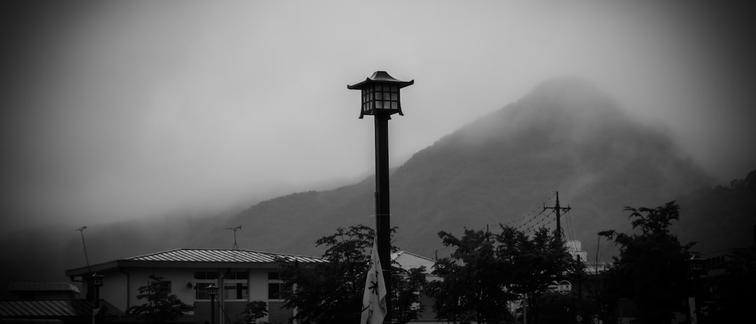
A traditional Japanese onsen (hot spring) located in the city of Tsuruga.
What to see or do: Relax in the natural, mineral-rich hot spring waters while enjoying views of the Sea of Japan. Soto-yu Onsen also offers a range of spa treatments and massages for additional relaxation and rejuvenation.
Don’t miss: The opportunity to experience a Japanese onsen tradition, where visitors bathe in gender-separated, communal hot spring baths.
Insider travel tips: Remember to follow proper onsen etiquette, such as washing oneself thoroughly before entering the baths. Also, be aware that tattoos are often not permitted in traditional onsen, including at Soto-yu Onsen.
15. Kondo-ji Temple
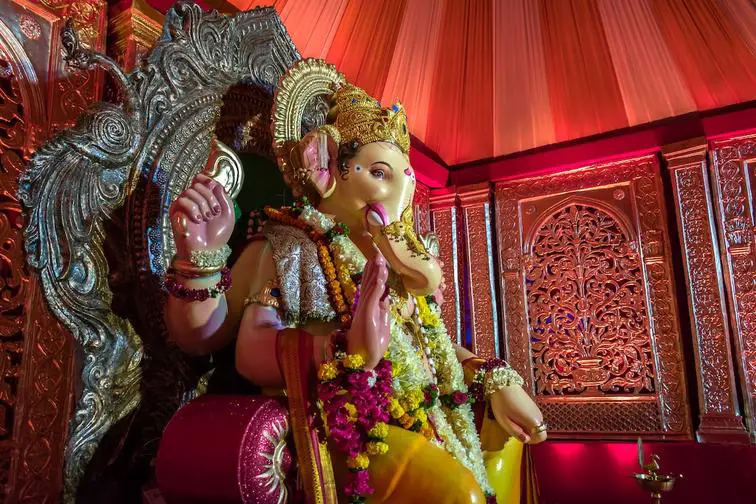
Kondo-ji Temple is a historic Buddhist temple located in Tsuruga, Fukui Prefecture, Japan.
What to see or do: The temple features a strikingly beautiful five-story pagoda, which is one of the tallest pagodas in Japan. Visitors can explore the stunning garden and take in the tranquil atmosphere of the temple’s surroundings.
Don’t miss: Be sure to marvel at the intricate design and impressive height of the pagoda, which is illuminated beautifully at night. Visitors can also take part in a traditional Japanese tea ceremony.
Insider travel tips: Arrive early in the morning to avoid large crowds and to enjoy the calming ambiance in peace. Wear comfortable shoes as the temple grounds can be quite expansive.
Also, check the temple’s calendar beforehand for any special events or festivals that may be taking place during your visit.